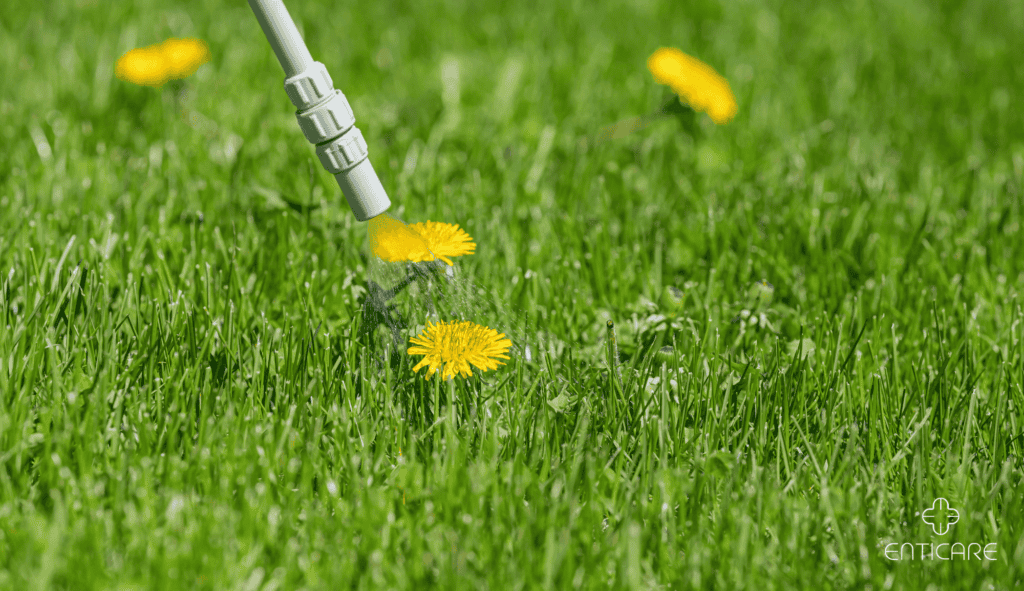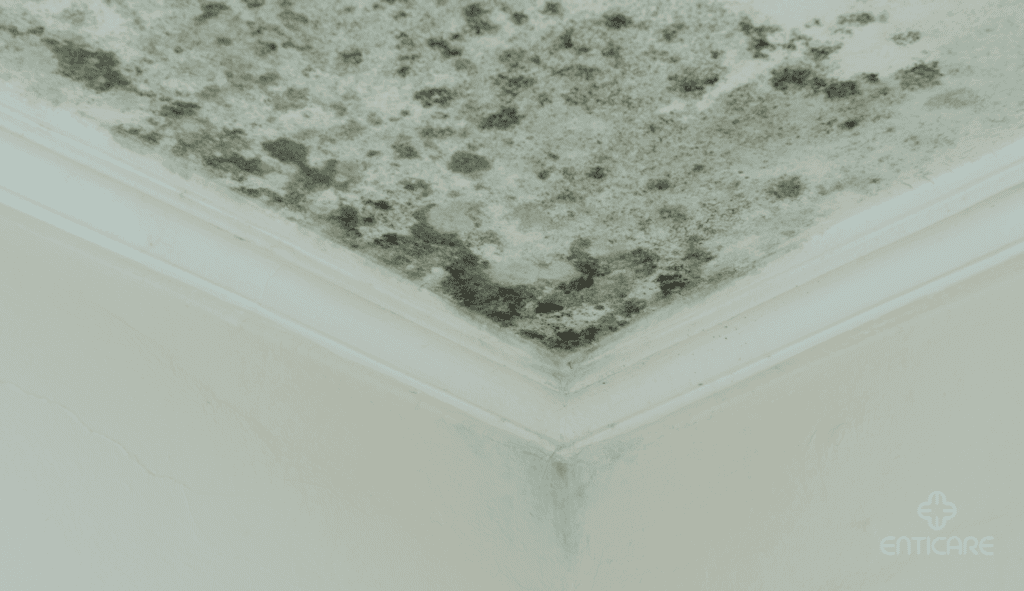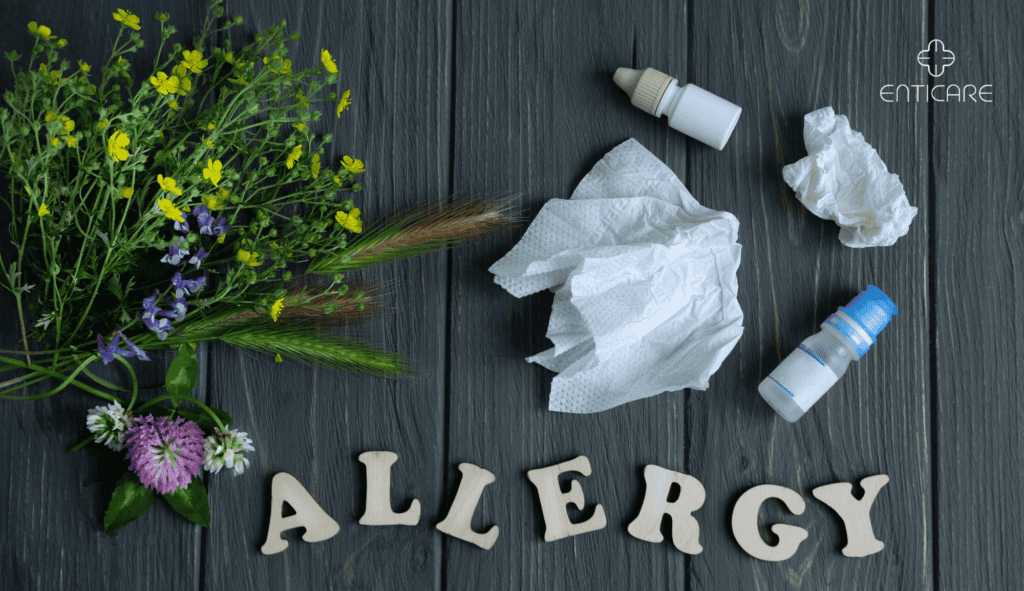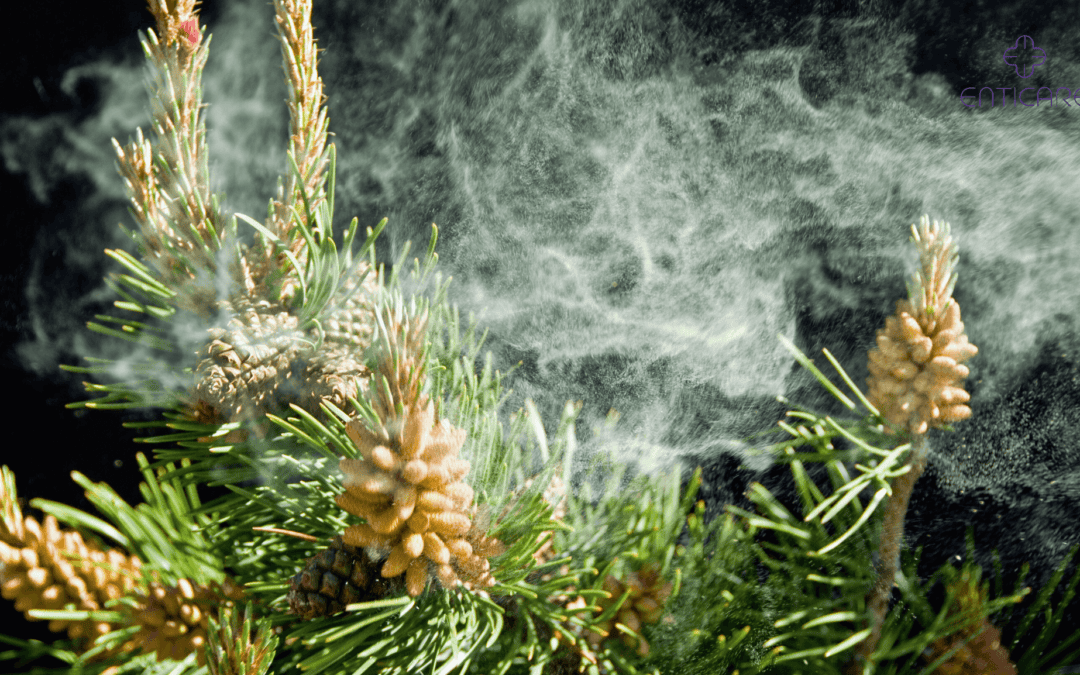Seasonal allergies can feel overwhelming if you’re unsure about what causes your symptoms. Pollen, one of the most common airborne allergens, varies throughout the year, depending on the season and your location. By understanding how pollen counts fluctuate month by month, you can better prepare and manage your allergies.
Checking the pollen forecast is crucial to better manage allergy symptoms, as it provides daily updates on pollen levels in your area.

Understanding Pollen Allergies
Before diving into the month-by-month guide, it’s important to grasp the basics of pollen allergies. Knowing how pollen behaves helps allergy sufferers anticipate and manage their symptoms more effectively.
What Is Pollen?
Pollen grains are a fine powder produced by trees, grasses, and weeds as part of their reproductive cycle. These tiny particles float in the air and spread to fertilize other plants. When inhaled, pollen can trigger allergic reactions in susceptible individuals.
Types of Pollen
There are three main types of pollen that cause allergic reactions: tree pollen, grass pollen, and weed pollen. These types peak at different times of the year, depending on where you live. Pollen from trees tends to dominate in the spring, while grasses and weeds create problems during summer and fall. These variations in pollen types can lead to seasonal allergic rhinitis, where symptoms only appear during specific times of the year when certain pollens are present.
January to March: Early Spring Allergies
As winter comes to an end, pollen production ramps up. In certain regions, trees start releasing pollen as early as January, especially in warmer climates.
Tree Pollen Peaks
Trees such as cedar, oak, and elm begin releasing pollen early in the year, leading to increased pollen levels. Cedar pollen is notorious for causing “cedar fever” in regions like Texas. Although trees may look dormant in winter, they begin producing pollen as soon as temperatures rise.
Mold Spores
In addition to pollen, mold spores from decaying leaves and other organic materials can aggravate allergies. Mold spores linger during the damp winter months and increase symptoms. Mold allergies can be triggered by mold spores.
Preparing for Early Spring Allergies
Monitor pollen counts in your area, especially during windy days when pollen spreads more easily. Keep windows closed and begin taking allergy medications like antihistamines if you know spring is a trigger season for you.
April to June: Peak of Pollen Season
Spring is in full bloom during these months, marking the peak pollen season when pollen counts hit their highest levels. During this time, tree and grass pollens are the primary culprits. Pollen allergy symptoms can be particularly severe during peak pollen season.
Tree Pollen Allergies
April brings the peak season for tree pollens, including oak, birch, pine, and poplar. Trees release their pollen into the air, especially on warm and windy days. Those allergic to tree pollen often experience the worst symptoms during this time. Reducing pollen exposure can help manage tree pollen allergies.
Grass Pollen Starts
In May and June, during pollen season, grass pollen begins to rise. Grasses like Timothy, Bermuda, and Kentucky Bluegrass are major contributors. Many people don’t realize they are allergic to grass until late spring or early summer, when symptoms become unbearable.
How to Manage Allergies During Spring
Check daily pollen counts and avoid outdoor activities when pollen levels are high. Wash your clothes and shower after being outside to remove pollen. Using air purifiers in your home can help reduce indoor allergens.
July to September: Summer Allergies
Summer doesn’t mean relief from allergies—in fact, pollen season continues as grass and weed pollen reach their peak during these months. Hot, dry weather also makes conditions ideal for pollen to spread.
Grass Pollen Peaks
July and August are prime months for grass pollen. Grasses such as rye, fescue, and bluegrass release pollen into the air, significantly affecting pollen levels. Symptoms can become worse in regions with dry, hot summers as pollen remains airborne longer.
Weed Pollen Starts
In late summer, during pollen season, weed pollen, particularly ragweed, starts to take over. Ragweed pollen is a significant trigger for allergic asthma, causing severe respiratory symptoms in affected individuals. Ragweed, common in the Midwest and East Coast, can cause intense allergic reactions and persists until the first frost. Weeds like sagebrush, pigweed, and nettle also contribute to summer and early fall allergies.
Tips for Managing Summer Allergies
Limit outdoor exposure in the morning when pollen counts are at their highest. Use high-efficiency particulate air (HEPA) filters indoors, and keep windows closed to prevent pollen from entering your home. Hydrate well, as dry, irritated nasal passages worsen symptoms.
October to December: Late Fall and Winter Allergies
As summer fades, the pollen season continues with ragweed causing problems for allergy sufferers until the first frost. Ragweed continues to cause hay fever symptoms for many allergy sufferers until the first frost. Fall brings with it the potential for mold spores and indoor allergens to take over, even as pollen levels drop.
Ragweed Lingers
Ragweed pollen levels peak in early fall, but it can linger until temperatures drop below freezing. Even a small amount of ragweed pollen can trigger severe symptoms, as it spreads easily and travels long distances.
Mold and Mildew
As fallen leaves pile up, they begin to decompose, releasing mold spores into the air. Mold thrives in damp environments, which makes fall a tricky time for allergy sufferers, especially in areas with significant rainfall.
Mold allergies can be triggered by mold spores.
Indoor Allergies
As people start spending more time indoors during colder months, indoor allergens like dust mites and pet dander become more problematic. Poor ventilation and heating systems can exacerbate these issues, creating uncomfortable environments for allergy sufferers.
Reducing pollen exposure can also help manage indoor allergies.
Regional Variations in Pollen Season
Pollen season can vary significantly depending on where you live, and these regional differences can greatly impact the timing and severity of your seasonal allergies. Understanding these variations is crucial for effectively managing your pollen allergies and minimizing allergy symptoms.

Pollen Allergies by Month
Here’s a detailed breakdown of the most common pollen allergies by month:
- January: Tree pollen, particularly from cedar and cypress trees, can be a problem during this month. In warmer climates, these trees start to release pollen early.
- February: Tree pollen from oak and maple trees begins to increase, causing symptoms for many allergy sufferers.
- March: Tree pollen from birch and beech trees becomes more prevalent, leading to increased allergy symptoms.
- April: Tree pollen from pine and spruce tree peaks, as well as grass pollen, has also started to become an issue.
- May: Grass pollen is the main allergen, with common culprits including June/Kentucky Blue, Timothy, Orchard, and Rye grasses.
- June: Grass pollen continues to be a significant problem, and mold spores also start to become more prevalent.
- July: Grass pollen remains in the air, but mold spores become the main allergen during this month.
- August: Weed pollen, particularly ragweed pollen, begins to rise, marking the start of ragweed pollen season.
- September: Weed pollen, especially ragweed pollen, is at its peak, causing severe symptoms for many.
- October: Weed pollen, including ragweed, continues to be a problem, and mold spores also become more common.
- November: Weed pollen, particularly ragweed, is still present, but mold spores are the main allergen as the weather cools.
- December: Mold is the primary seasonal allergen during this month, with indoor allergens also becoming more problematic.

Take Control of Your Allergies with Expert Help
Understanding your seasonal triggers empowers you to take control of your allergies. Monitoring pollen counts, reducing outdoor exposure, and utilizing natural remedies can help alleviate symptoms, but a personalized treatment plan may be the best solution for managing allergies year-round. Reducing pollen exposure can also significantly help manage allergy symptoms.
If you struggle with seasonal allergies or need help managing symptoms, schedule an appointment with our expert allergists today. Our team at ENTicare can offer customized care and solutions to keep your allergies under control.
Click here to book your consultation and get ahead of pollen season!
Resources:
- WebMD: Tree Pollen Allergies
- American Academy of Allergy Asthma & Immunology: Pollen Count

